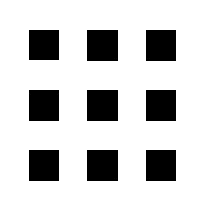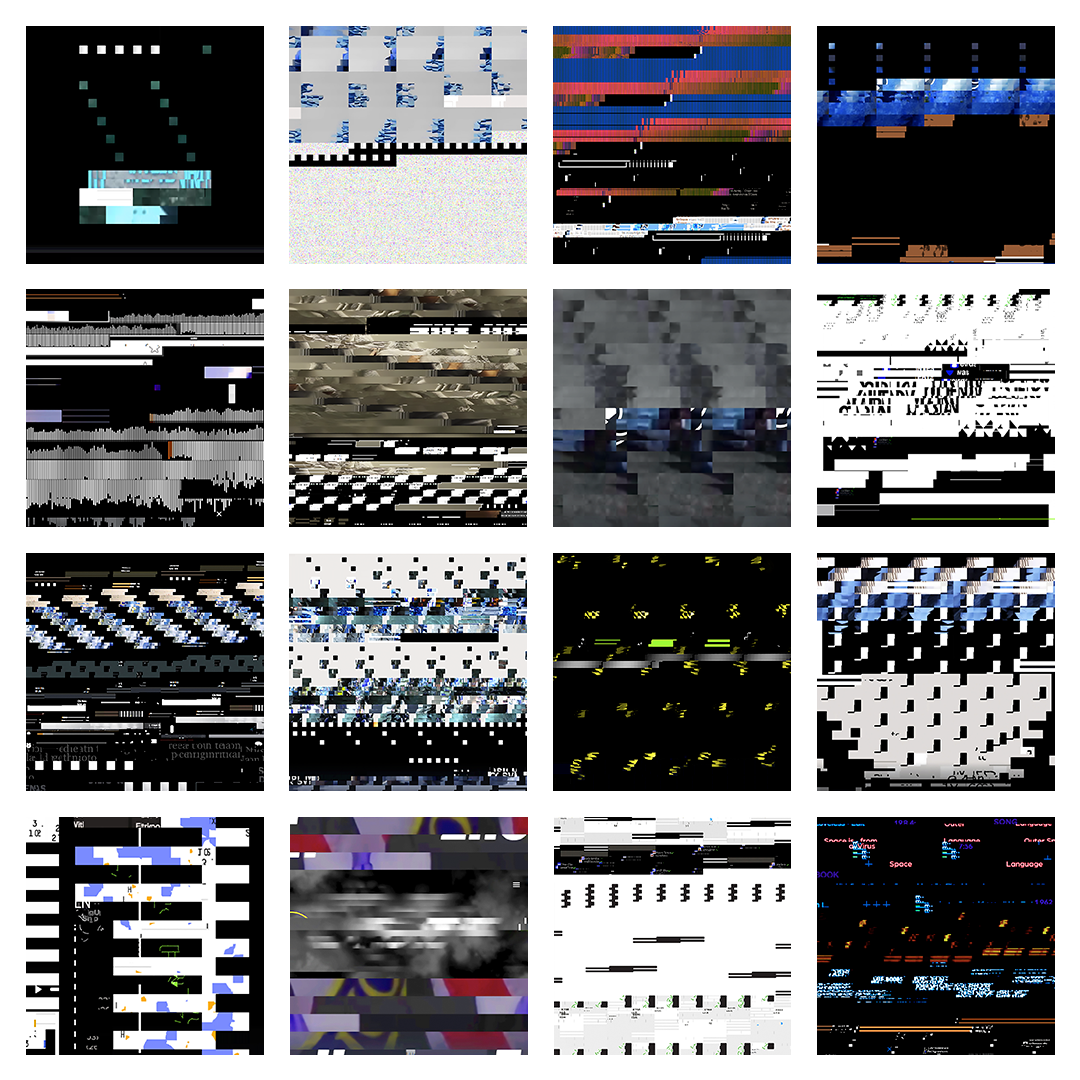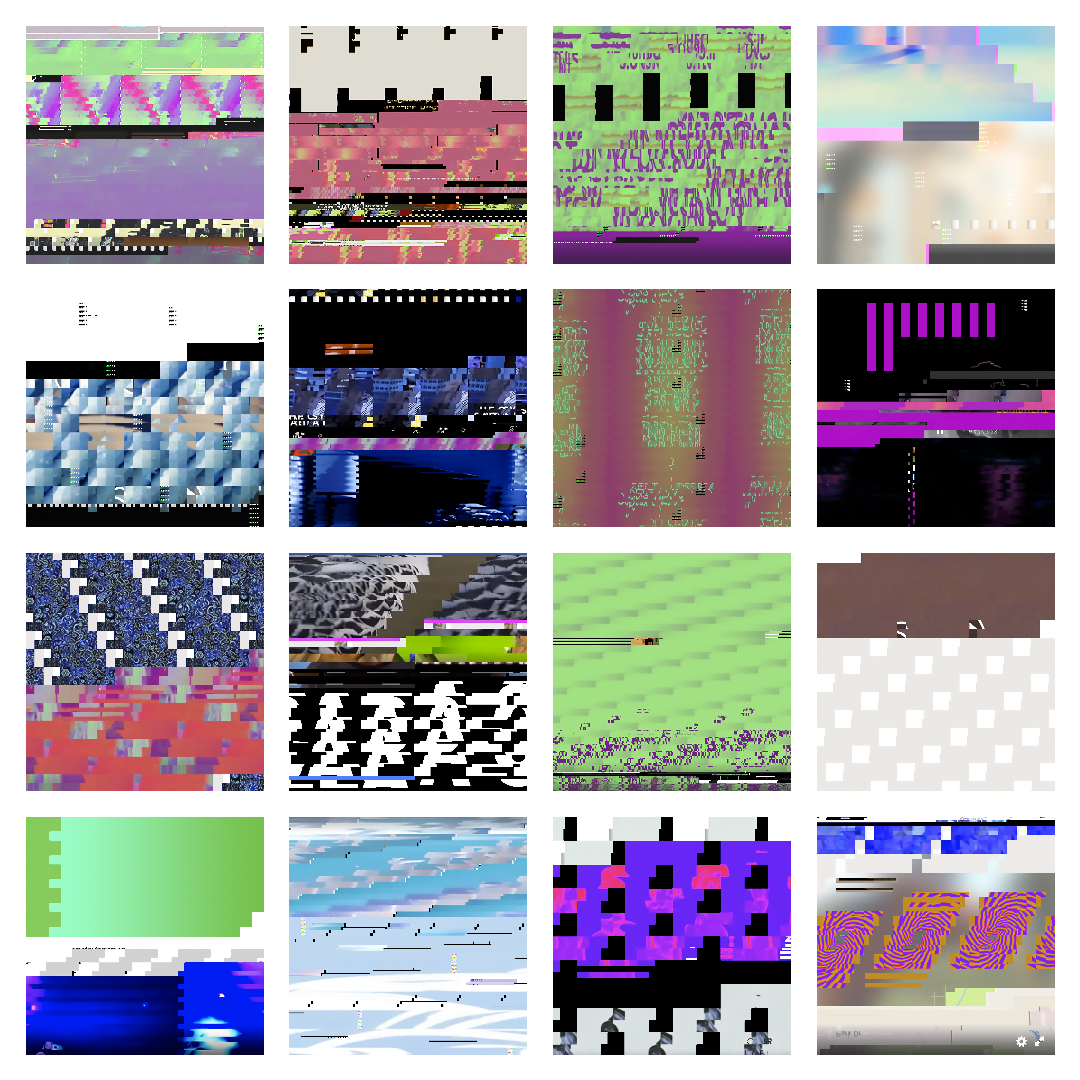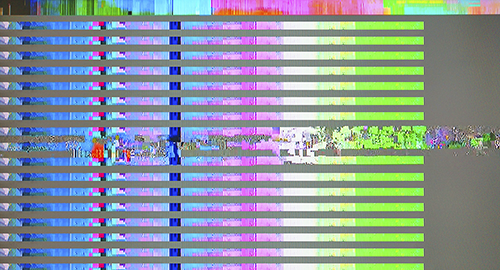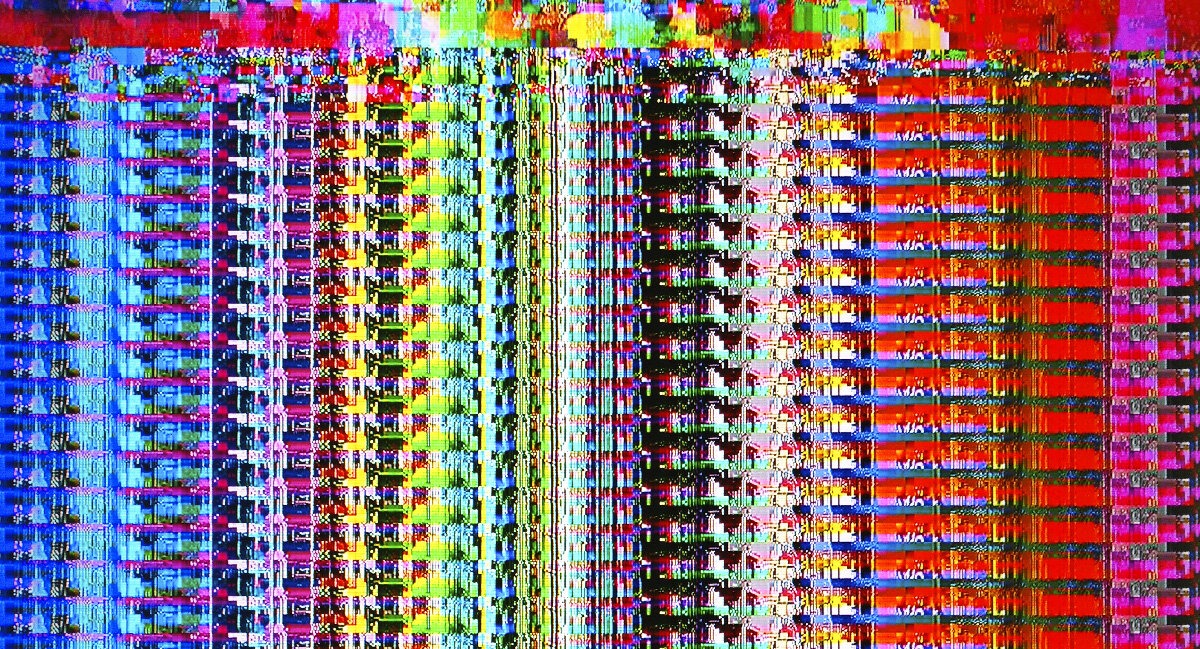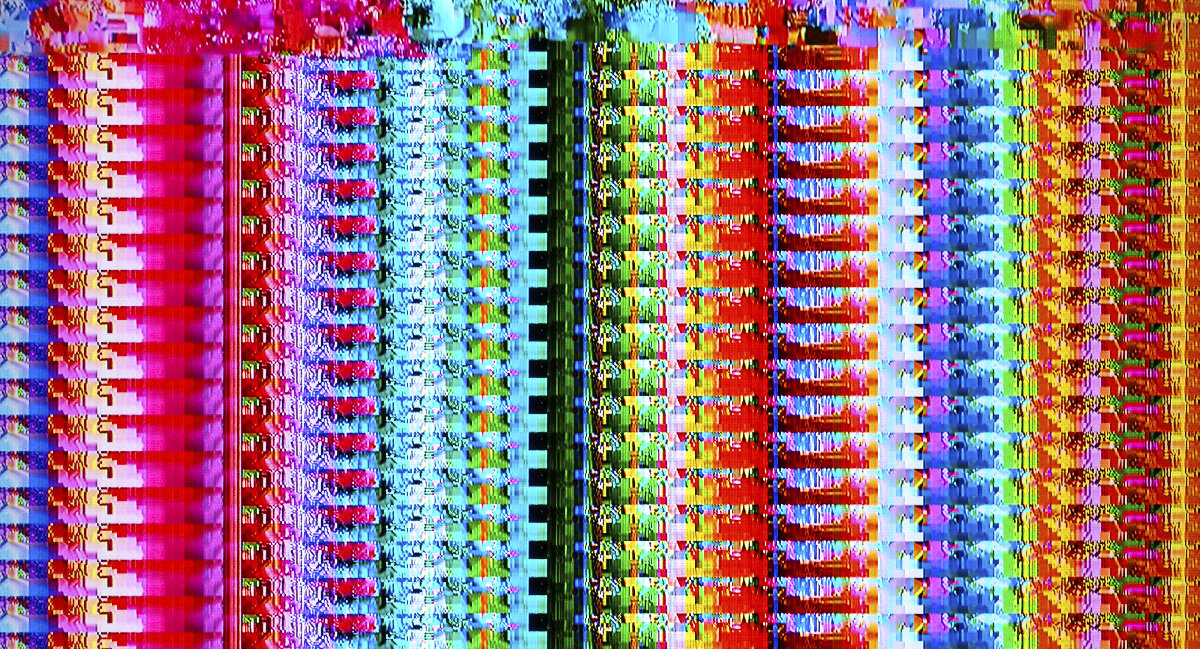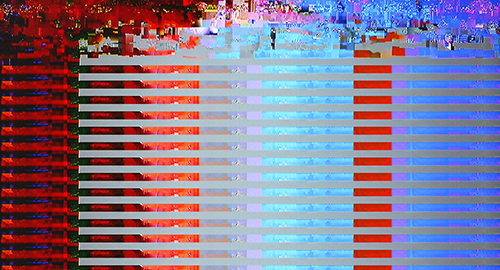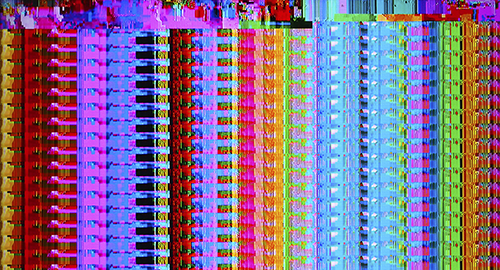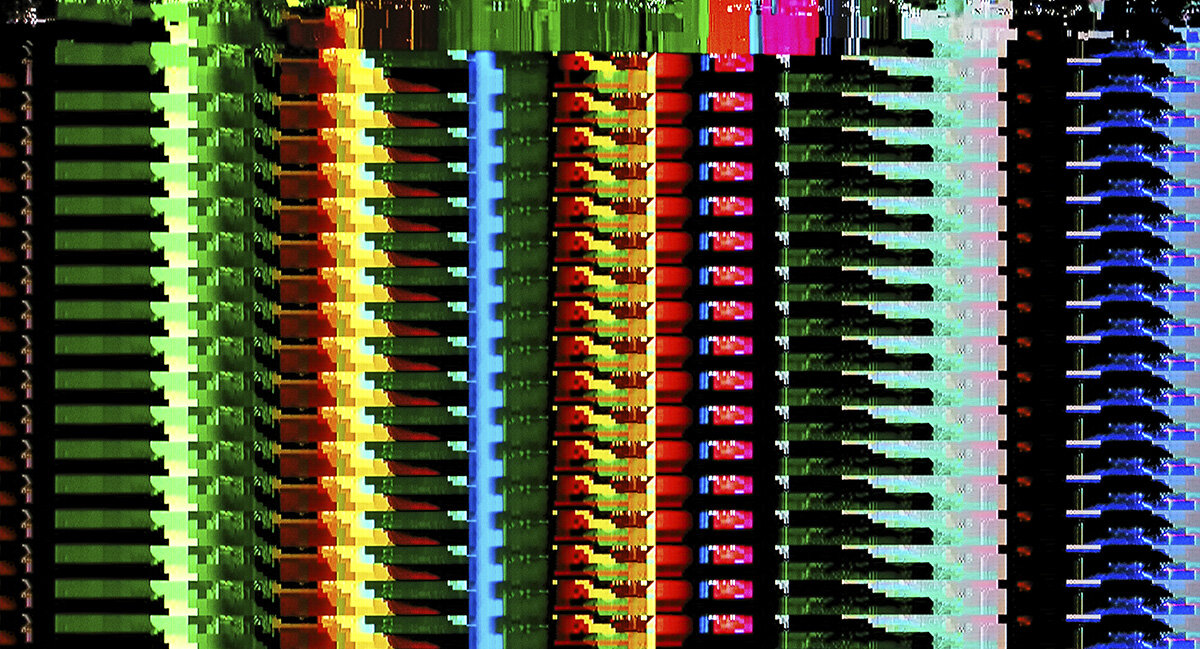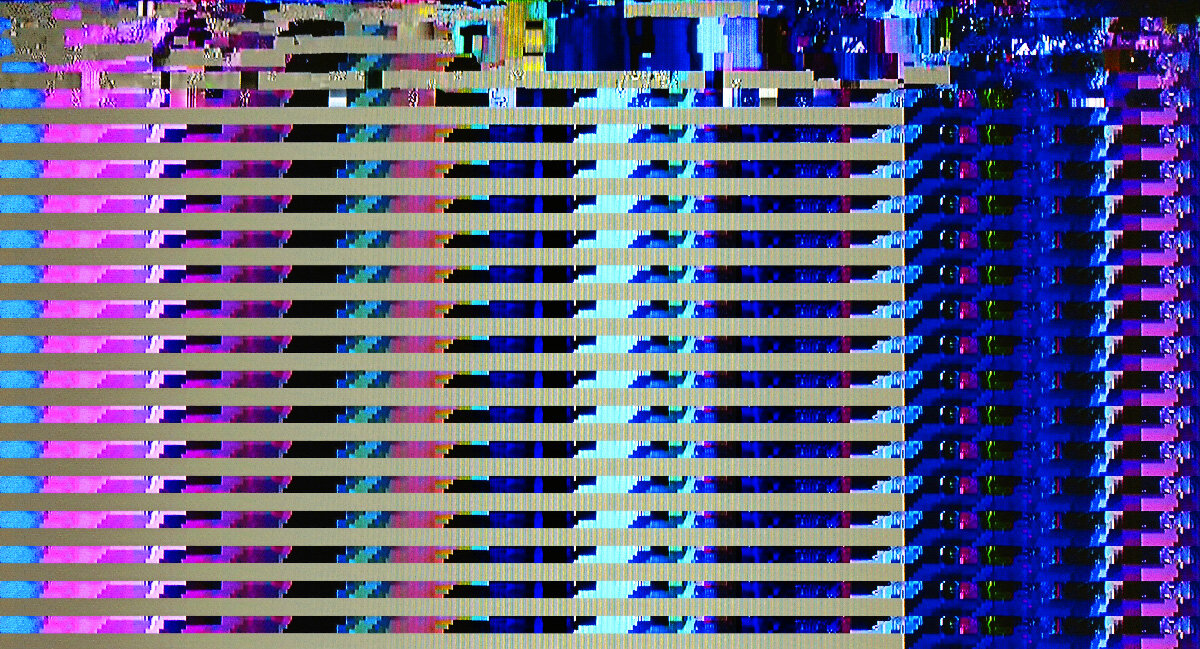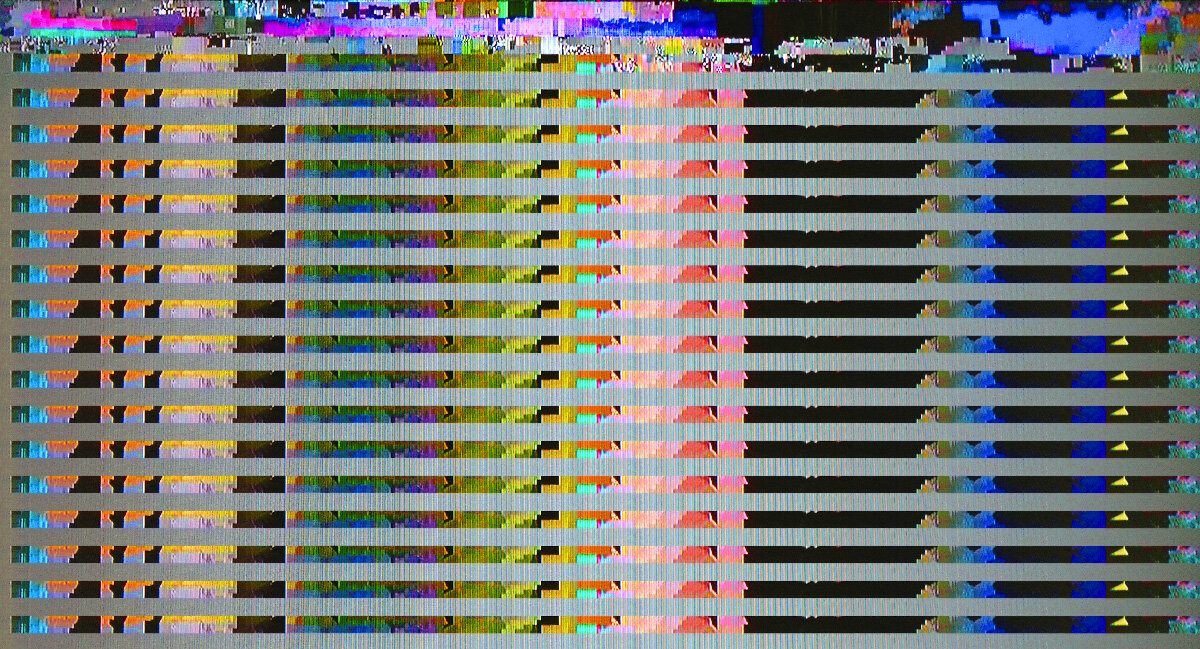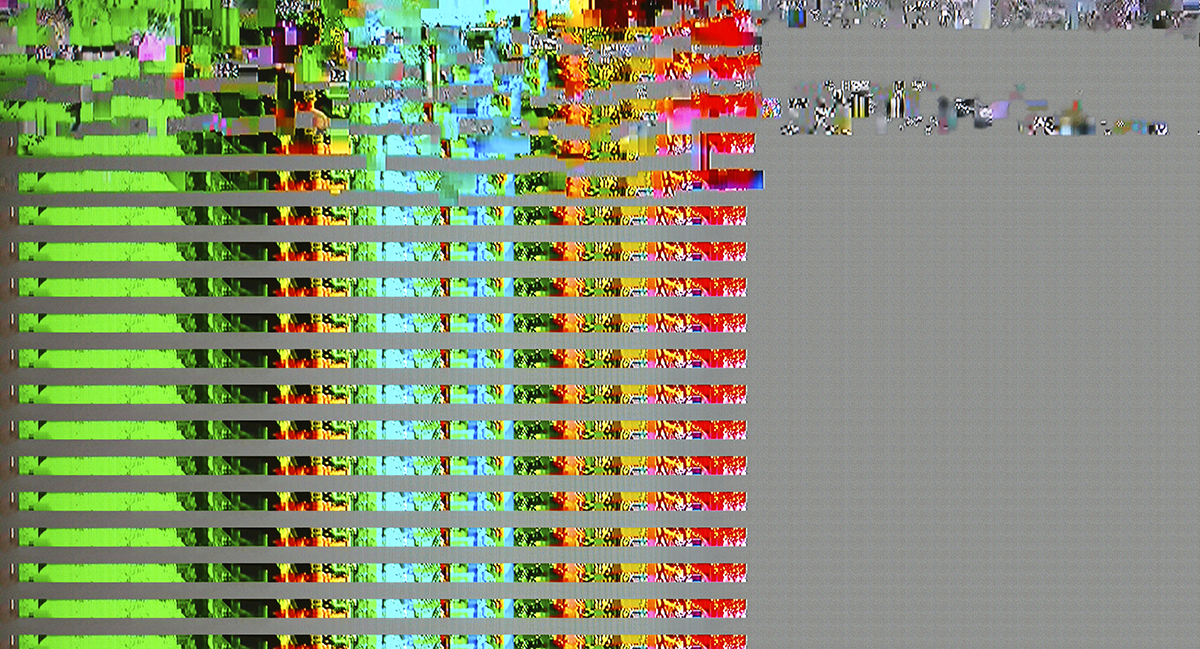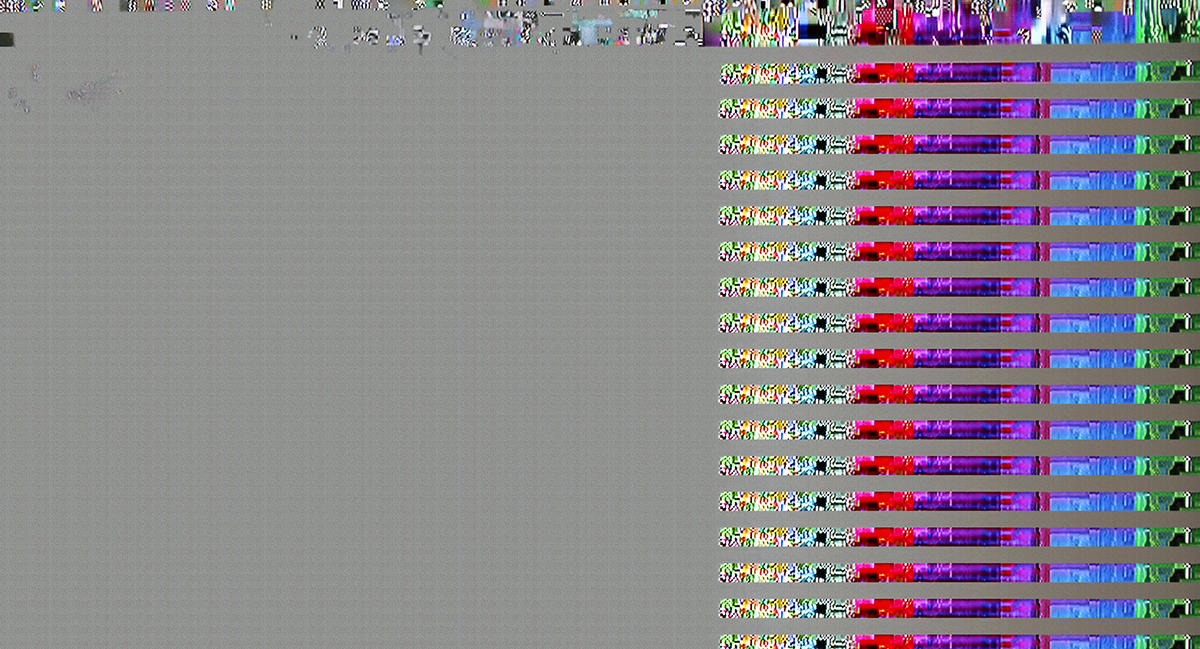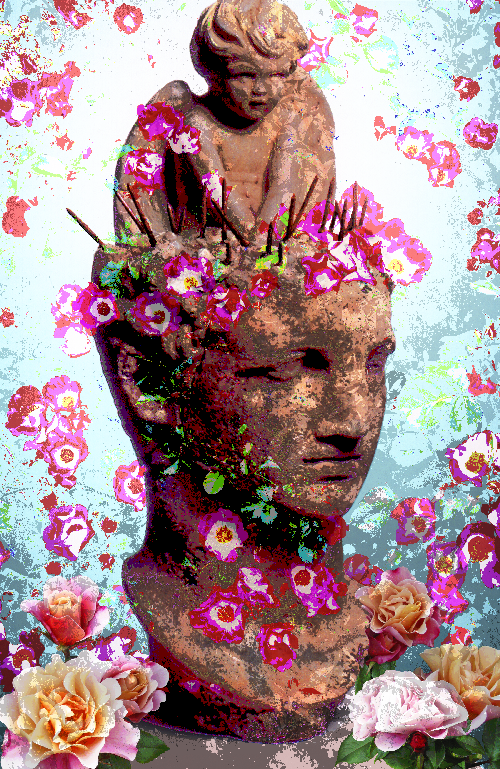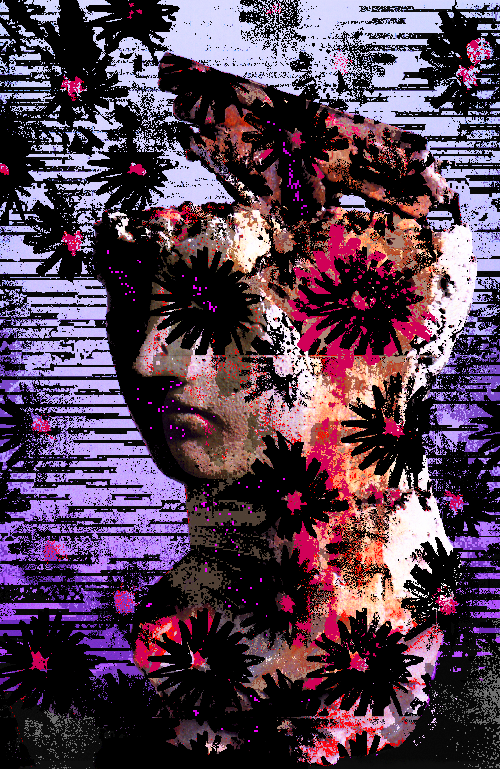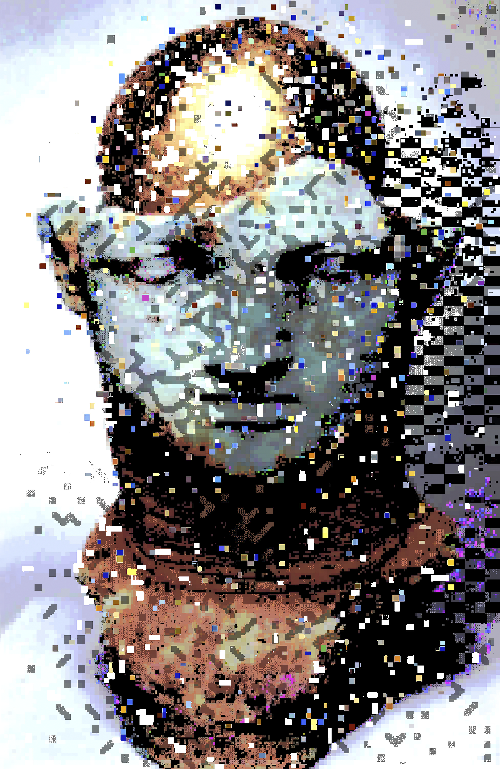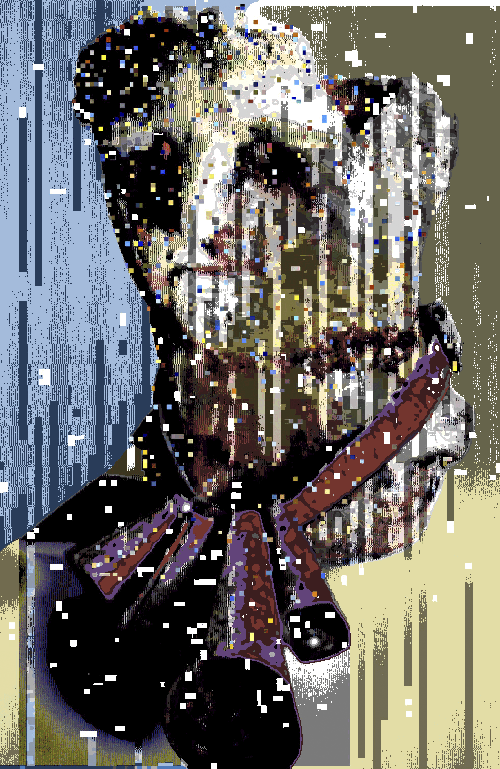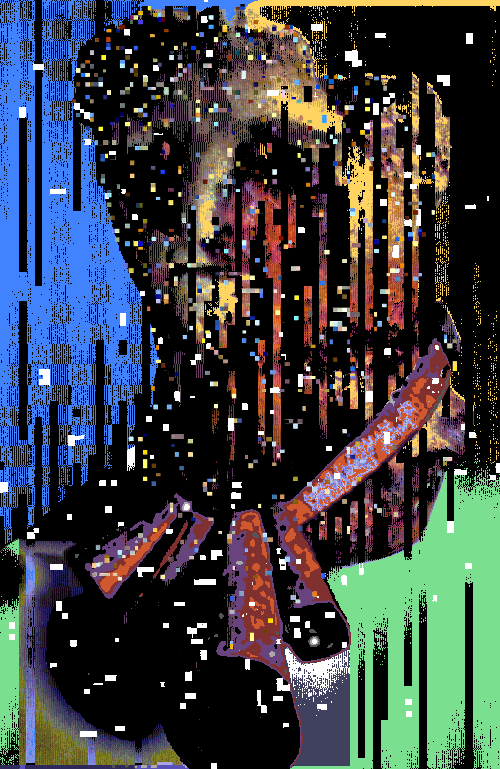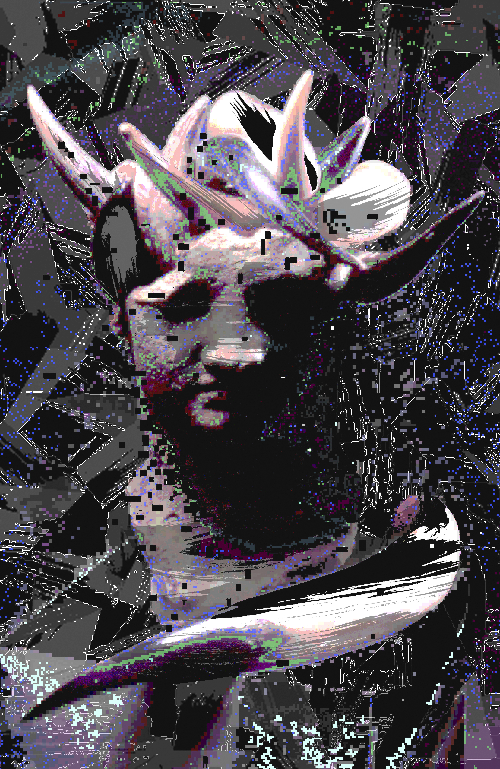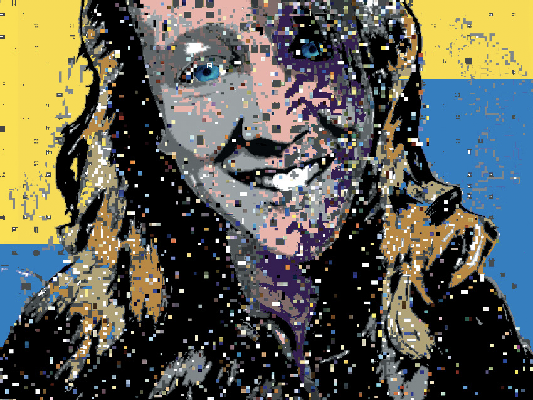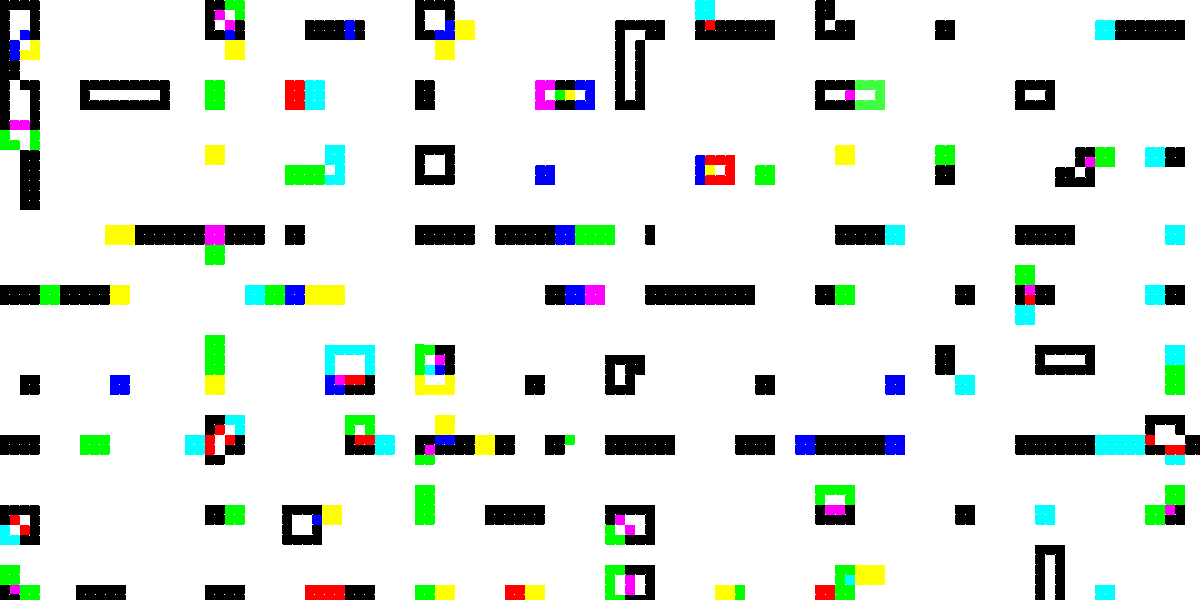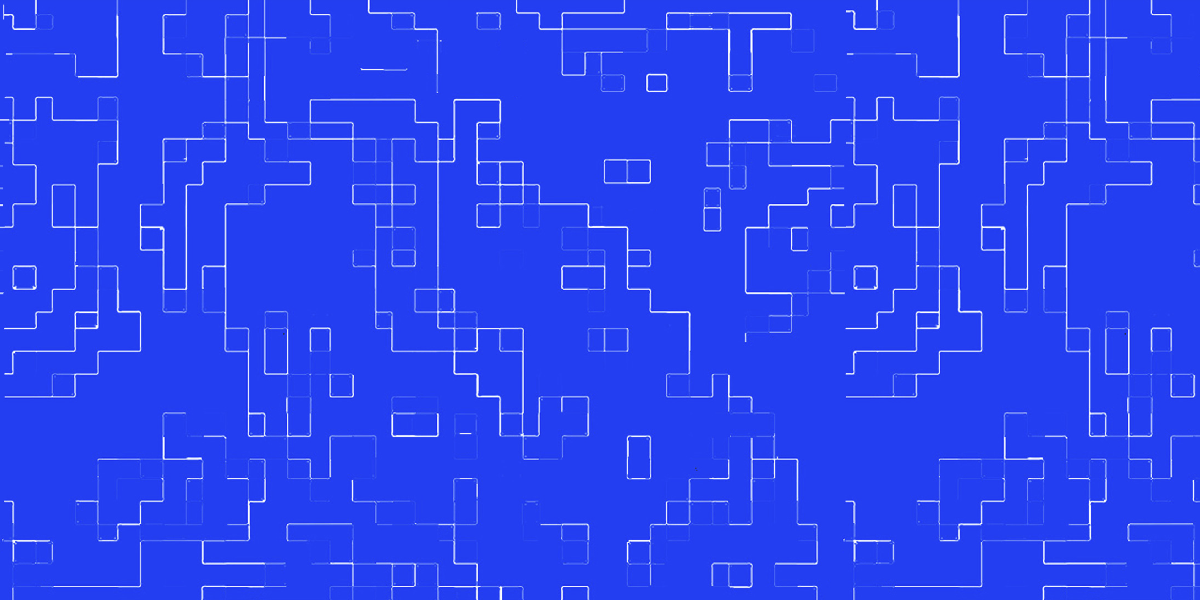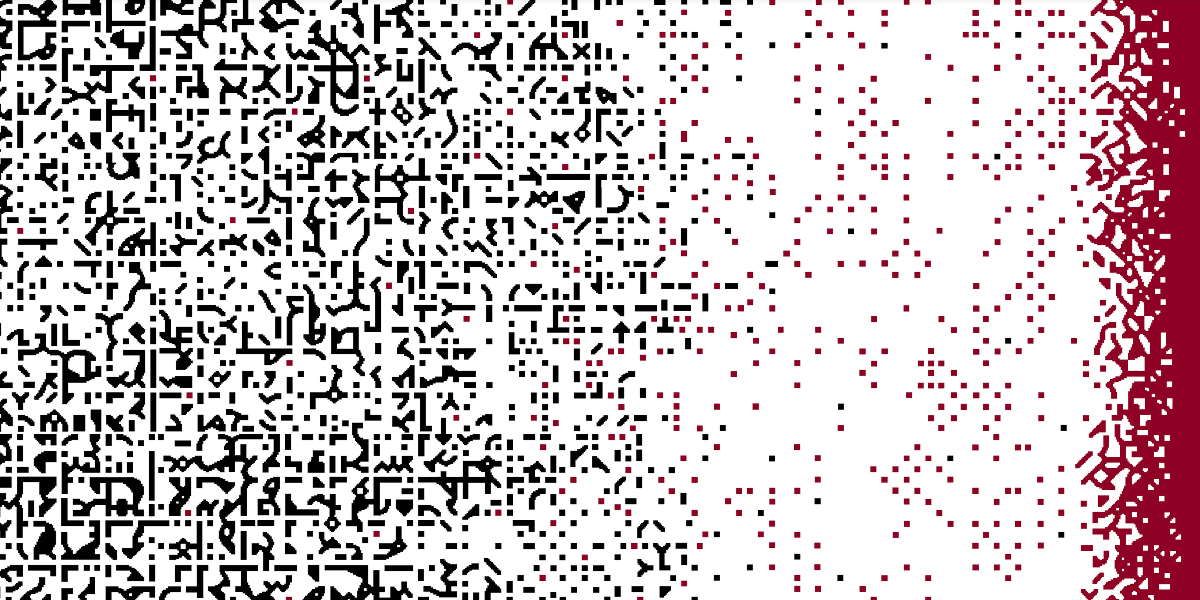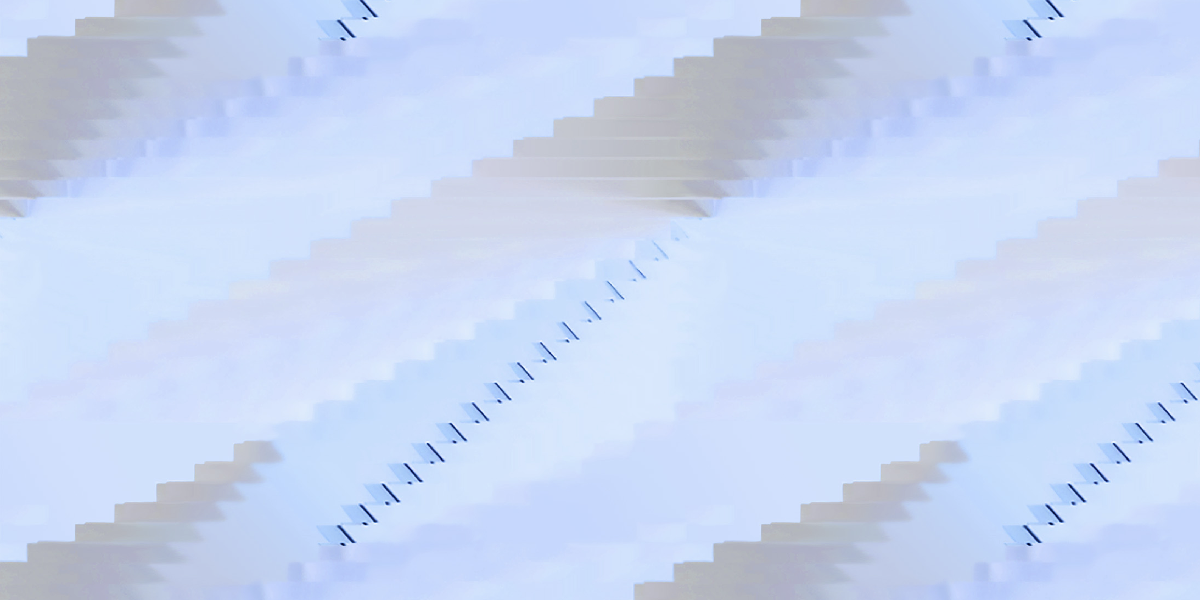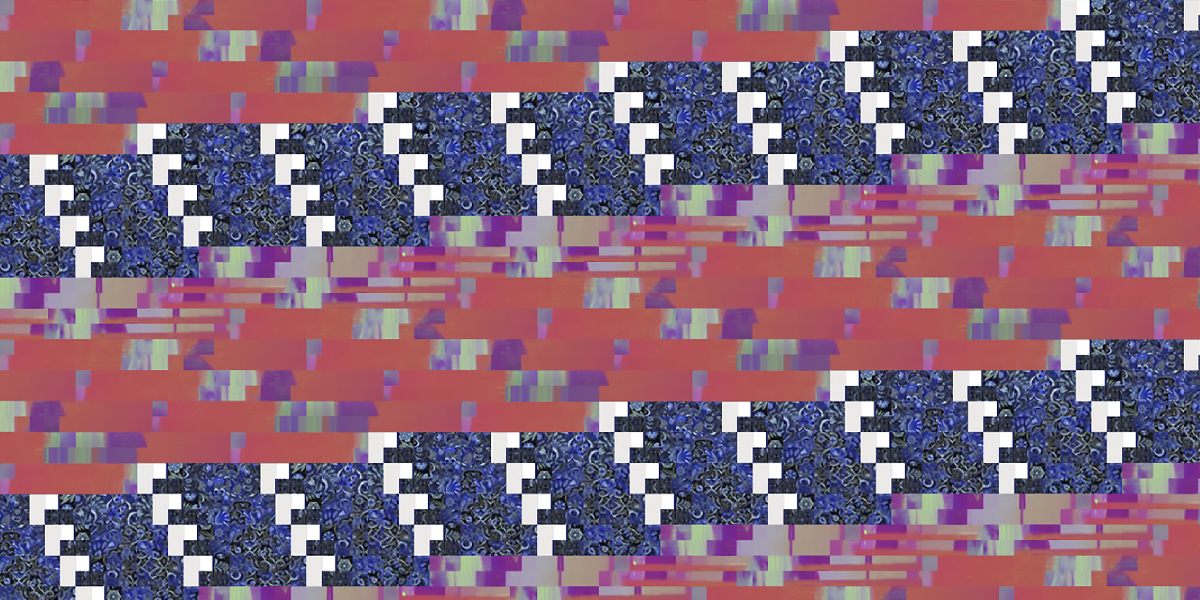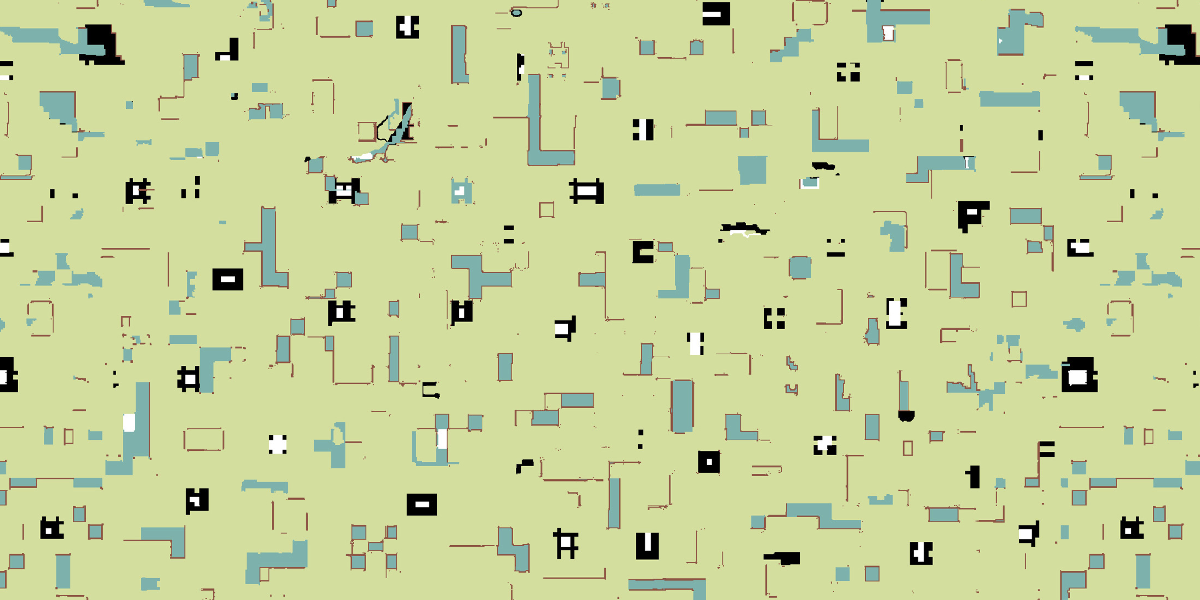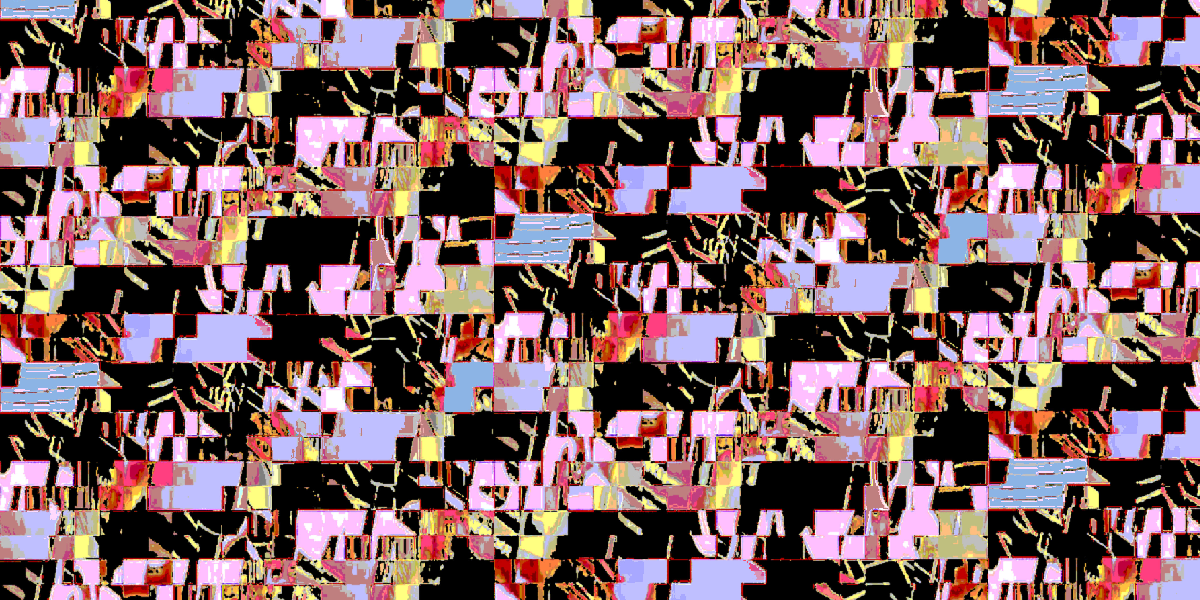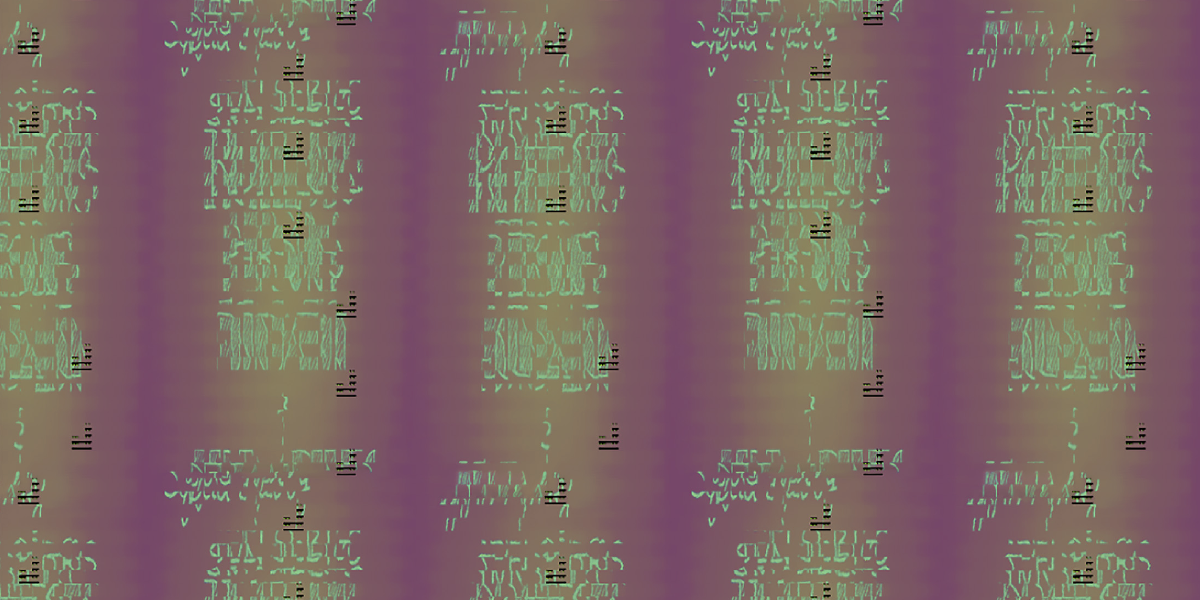INTRODUCTION
RECENT WORK
In the past few years, I’ve focused on these digital series: Distortions, Disruptions, and interpretations of Head sculptures.
NEWS
September 24, 2025
Hello Uzbekistan: Techspressionism 2025
This international group exhibition is presented at the Contemporary Art Museum of Uzbekistan, Urgench, Uzbekistan.

THE DISTORTION SERIES
2016 - 2025
We live in a time of rapid change. Computing power increases while efficiency improves. Inventive technology has become magical. The Internet and smart phones have changed everything at a dizzying pace. It’s more, better, faster all the time. Media is streamed to us at an ever increasing rate. Until it isn't. There is a technical glitch at the transmission source. The broadcast signal becomes digitized. The stream buffers, exposing a single frame. This is annoying, bothersome, agitating. But with the apparent stoppage of time, you notice things. An artifact appears. Individual pixels are revealed. The colors are saturated. Objects repeat in unusual patterns. Images are distorted. Resolution is not as clear. It’s as if you are looking through a portal into another dimension. But only for an instant. The stream is flowing again, on and on, ever faster. Until the next glitch.
Distortions in the Media Age
Disruptions in the Media Age
DISRUPTIONS
2018 - 2025
These images are part of a single disruptive event that occurred on August 10, 2018. The images were captured from broadcast video that was interrupted by a technical problem. Like The Distortion Series, the artwork was created by refining the captured imagery and adding hand drawn or painted embellishments, textures and repeating patterns. These pieces capture moments when a disturbance happened in our relentless streaming media age. Our initial reaction to these events is feeling irritation and frustration. Upon reflection, they give us a chance to pause and see the world in a different way.
THE HEAD SERIES
2014 - 2025
I met Corbett Reynolds in 1977 when I went to work with him at a wallcovering design firm in Columbus, Ohio. First, he was a supervisor and mentor. In no time, we became friends and collaborators. It was the time of Rudley Elegant, Corbett’s Art Deco theatre turned discotheque, where his theme parties became legendary. I helped him create the early event posters, always saving a copy for my definitive Rudely Elegant collection. Working with him during this period was intense and a mind-expanding experience. It was also brief. By 1981, Corbett had moved on to focus on his singular artistic vision. His theme parties evolved into the extravagant and famous Red Party, one of the early circuit party events across the United States. It was here he honed his performance art on a grand scale. But, he could also refine his performance in more intimate ways. By using found objects, neon lights and color, models, and musicians, he would invite the public to view it “Thru My Eye.” In 1992, after lunch and a few hours together, I was admiring his adonis heads with various protruding objects, and he was interested in a computer art piece I was making. We wondered if a joint exhibition of his sculptures and my digital interpretations of his work might make an interesting collaboration. As often happens, life has a way of changing plans and the years went by quickly. Then, in 2002, Corbett suddenly died. I had long forgotten about our planned collaboration until, in 2014, I found an envelope full of photo copies of his sculptures that he gave me as reference material. Here are my interpretations of Corbett Reynolds sculpture.
Interpretations of Corbett Reynolds Sculpture
Respecting the Pixel
PIXEL STUDIES
2012 - 2019
I bought my first Apple Macintosh computer in 1986. It was the dawn of the desktop publishing era and, even then, the technology could produce smooth fonts and stunning graphics. However, in terms of digital art, the pixel still had a way of making itself predominant. Over time, more powerful processors, greater memory and storage capabilities, and developing software made the pixel inconspicuous. Computer art became more and more refined, rivaling the finest photography. But there were always errors. Something would inevitably go wrong. I was attracted to the printing mistakes, fascinated by the screen distortions and the re-emergence of the pixels. Pixels had been relegated to the invisible molecular structure of computer art—why not expose them again? I began to use them as a design element in their own right. I let them function as a glob of paint or a bold brush stroke. I created textures and patterns with them. I made them an overt part of the imagery. I started respecting the pixel.
PATTERNS
1977 - 2025
A college fabric printing class was my introduction to pattern design. After graduation, I was employed at a firm that designed commercial and residential wallcoverings for companies that did not have their own art staff. Opportunities for creativity were limited by market considerations like, “Here’s my main competitor’s top selling collection. Please create something just like it.” Efforts to persuade clients to break free from that ‘knock off’ mentality were usually futile. In response to this frustration, as a solo artist, experimentation has been predominate with the goal of making something unique. And with the development of the computer and high quality digital printers, anything is possible.


